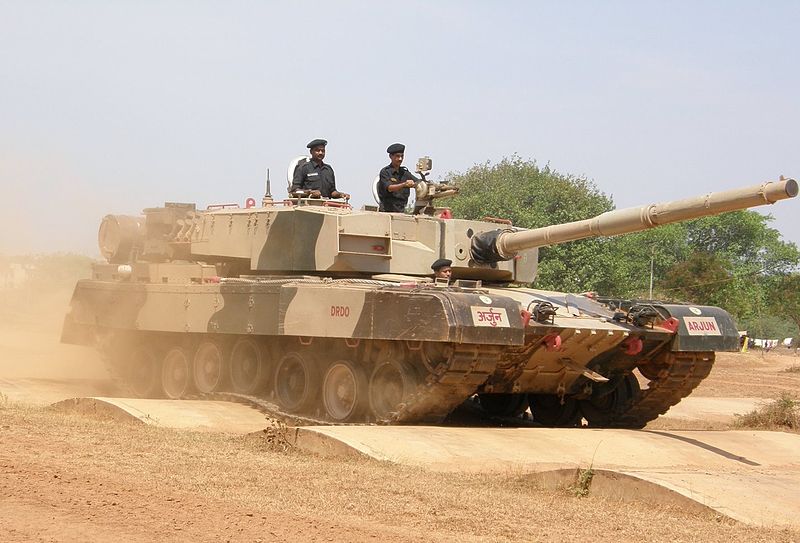 |
| HMAS Tobruk (Background) with an LCM8 (File Photo) |
Amelia Long, Palmo Tenzin and Sarah Hately
Sea State
Despite recent diplomatic tensions, two Indonesian navy vessels have docked in Darwin for annual Australian–Indonesian joint maritime exercises. Also known as AUSINDO CORPAT, the drills are designed to improve coordinated maritime security between the two nations’ militaries, and aims to target illegal activities that may take place in the two countries’ maritime zones.
Vietnamese newspapers reported last week that Chinese oil rig HD-981—the cause of last year’s conflict between China and Vietnam—has been redeployed off the coast of Hainan Island, into the disputed EEZs of the two countries. For a deeper look at the issue and its potential impact on the South China Sea tensions, have a look at The Diplomat’s piece here.
Also in the region, India’s ‘Look East (PDF)’ policy saw the Indian navy’s Eastern Fleet enter Thai and Cambodian waters last week. While visiting Thailand, INS Satpura and INS Shakti will be ‘fostering interoperability’ between the two nations, while the seamen of INS Ranvir and INS Kamorta will conduct training and medical exercises with the Cambodian navy.
And finally, check out some images of the final voyage of Australia’s oldest serving navy vessel, HMAS Tobruk, here. HMAS Tobruk has been in service since 1981, and most recently operated in PACIFIC ASSIST 2015 following Cyclone Pam’s damage to Vanuatu earlier this year. She will be decommissioned on 31 July.

































